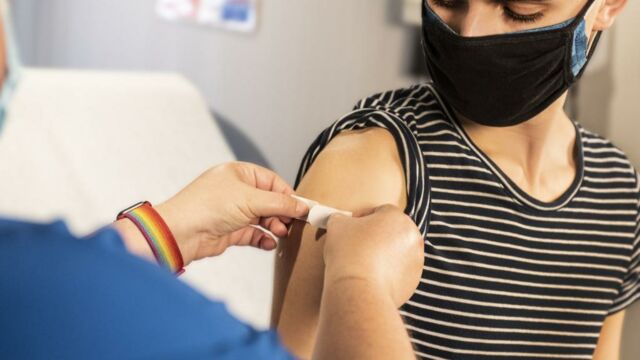Contrary to the abundance of reports claiming an array of different after effects of COVID-19 vaccines, a new study conducted in association with with the National Institute for Health Research has found that less reactions were recorded than were seen in clinical trials.
Discover our latest podcast
More people believe in the efficacy of vaccines
The most common being pain or tenderness at the site of injection—in other words, a sore arm. Researchers analyzed data from the ZOE COVID Symptom Study app and found that about 25% of people had wider secondary effects, such as headache, nausea and fatigue.
The study also showed that confidence in the vaccine from the public has risen when compared to public opinion gathered in late last year going from 70% of respondents saying they thought the vaccines available were safe and effective to over 80% in more recent times. The survey also found that twice as many people want to have the vaccine as soon as possible but not necessarily from the Oxford-AstraZeneca variety.
The research looked at the self-reported symptoms of 627,383 people who used the app within eight days following administration of the vaccine and found that 70% of Pfizer jab recipients reported having experienced a sense of pain, swelling, redness and tenderness at the site of injection. Compared to those who got the AstraZeneca jab, only 60% of them reported having had a similar reaction.
Mild and short-lived symptoms
However, interestingly enough, the AstraZeneca vaccine saw a higher percentage (34%) of what is known as systemic reactions which are reactions that affect the body as a whole, such as headaches, tiredness and chills. Whereas the Pfizer vaccine was responsible having these full body effects on only 14% of people after the first dose and 22% after the second one. Finally, out of all the systemic reactions, headaches were the most common for both vaccines.
Researchers note that although undesired secondary effects may very well be present in a large percentage of those who get the vaccine, these symptoms are very mild and do not last more than 24 hours.















